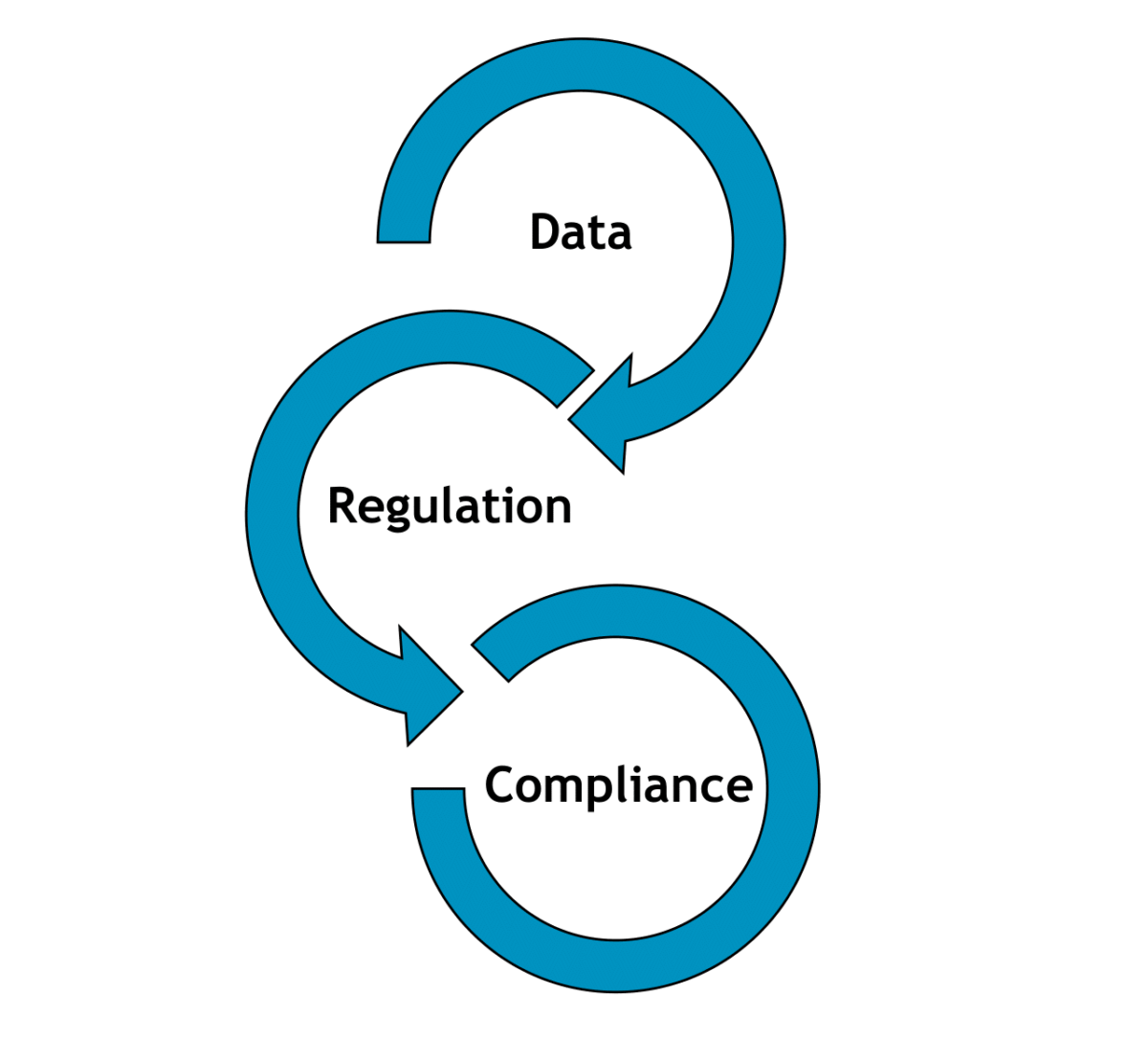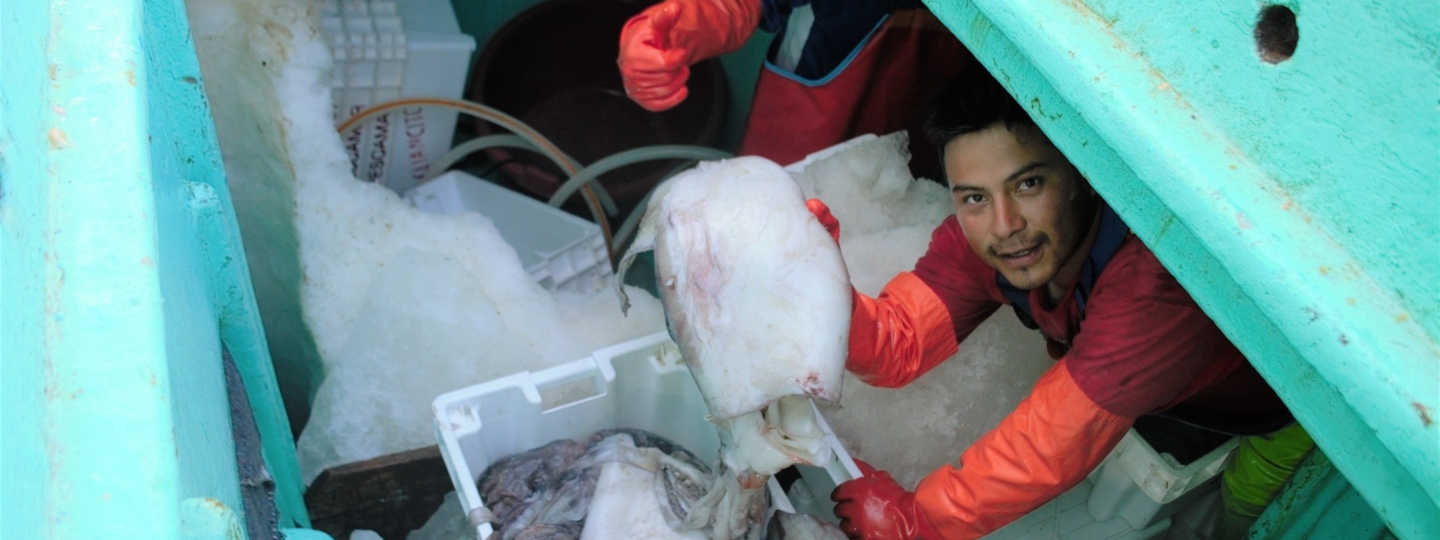Abundant fisheries
Help regulate fisheries
The best management ideas come from those who know the fisheries the best.
The second pillar of effective fisheries management is regulation. But effective management doesn’t end with writing good rules — it also depends on everyone helping to uphold them.
While governments have the formal responsibility for regulating fisheries, lasting solutions require active support and participation from every stakeholder in the production chain. Fishers, producers, processors, and distributors — across both industrial and small-scale sectors — should have a seat at the table during discussions about management approaches and regulations for the fisheries they are a part of. In some cases, capacity building and organization will be required to enable these groups to fully participate.
And these stakeholders should not only help design practical policies, but also play a continuing role in sustaining management systems, contributing their knowledge, resources, and time to maintain fisheries health. Working together, resource users and beneficiaries can help states meet their mandate to manage fisheries sustainably, ensuring benefits now and into the future.

The three pillars of fishery management
Want to help regulate fisheries?
Contact SFP to learn how you can help support governments in effectively regulating their fisheries.

